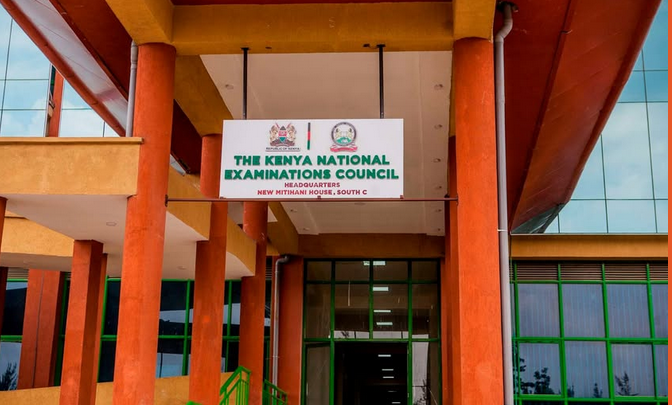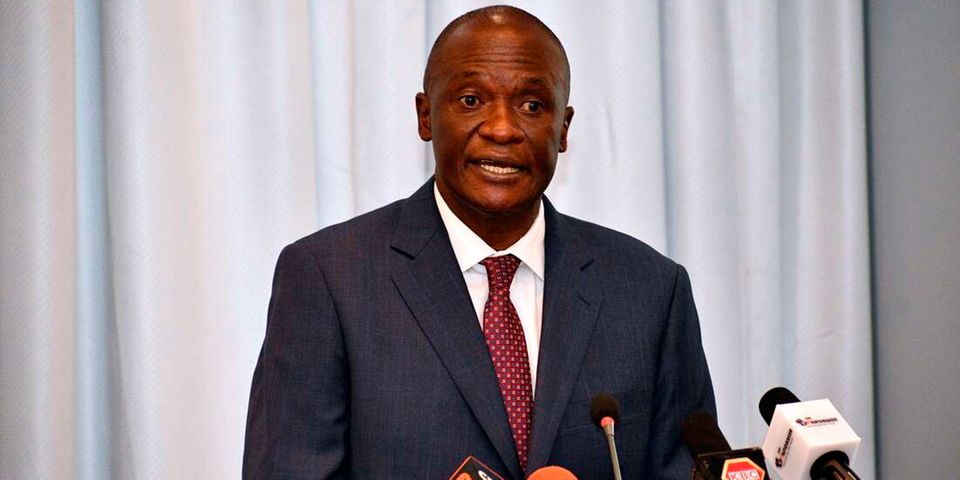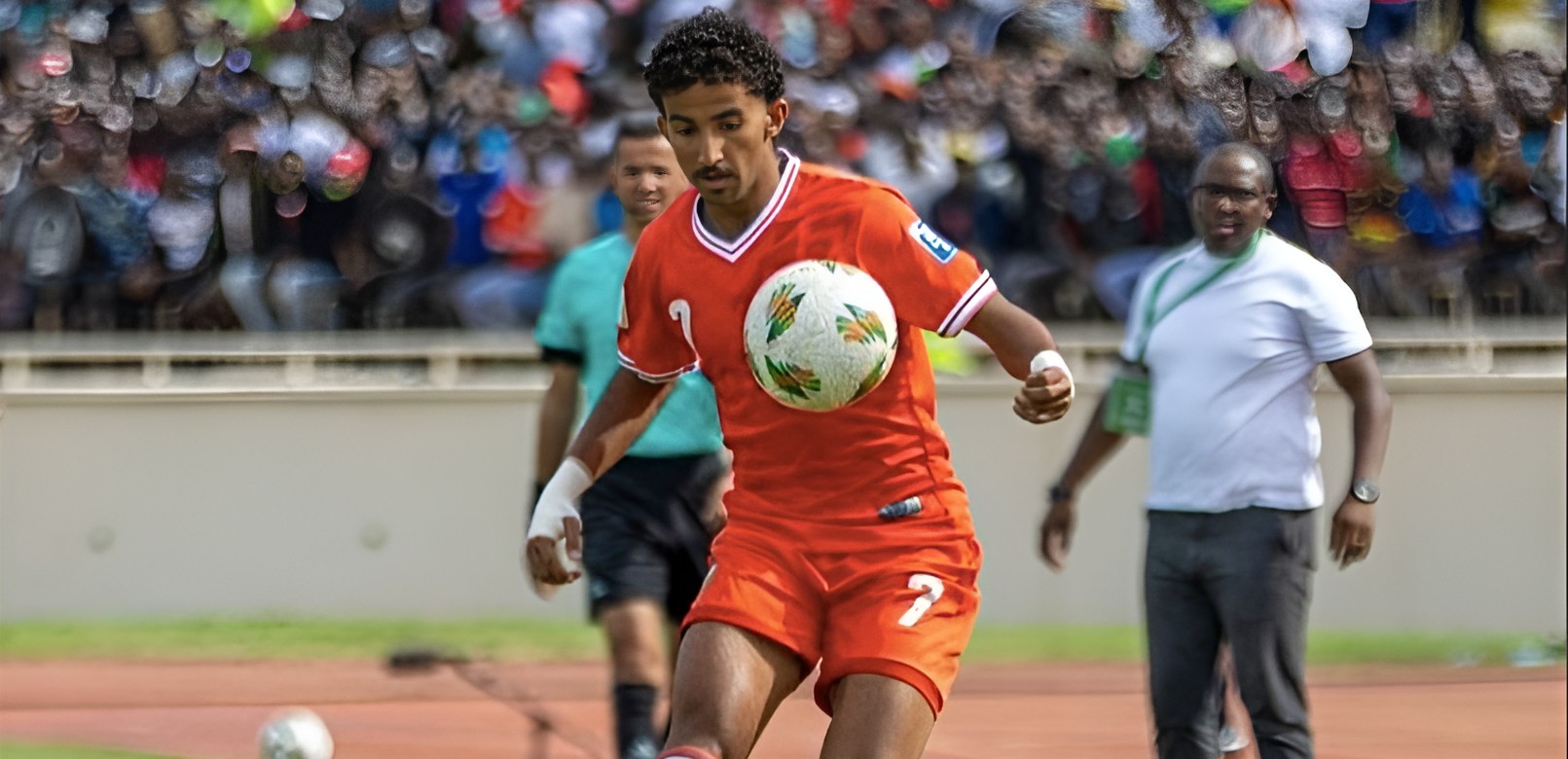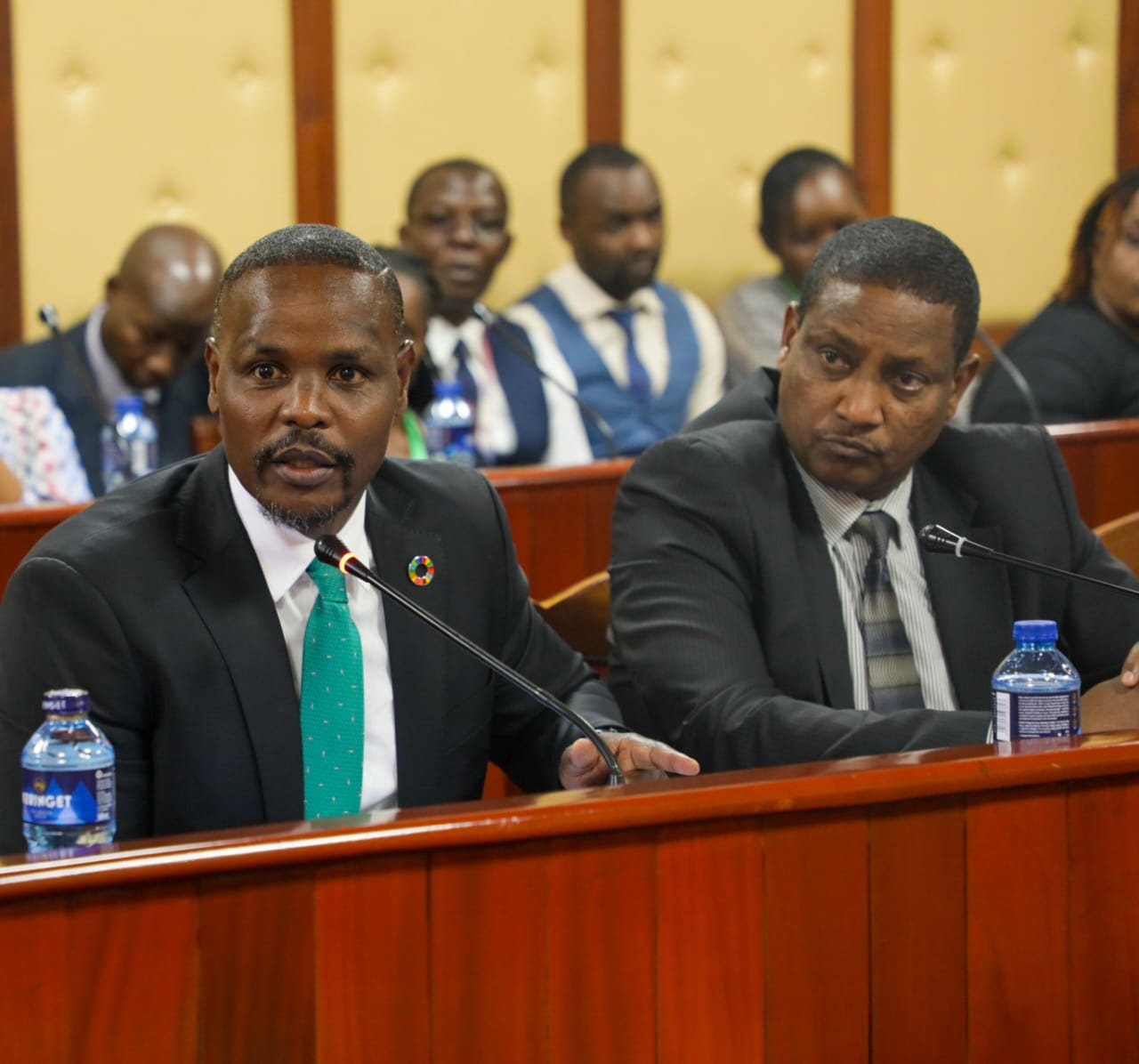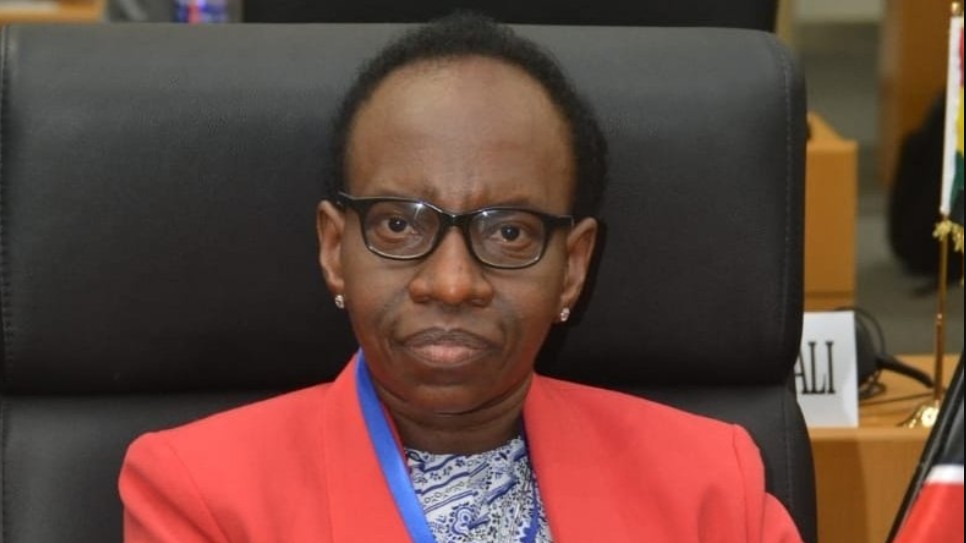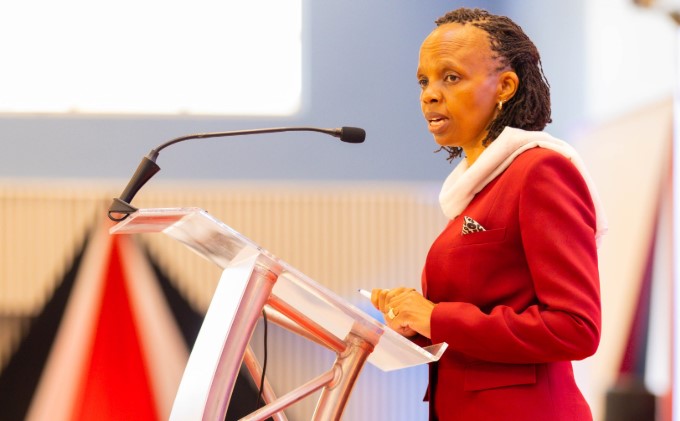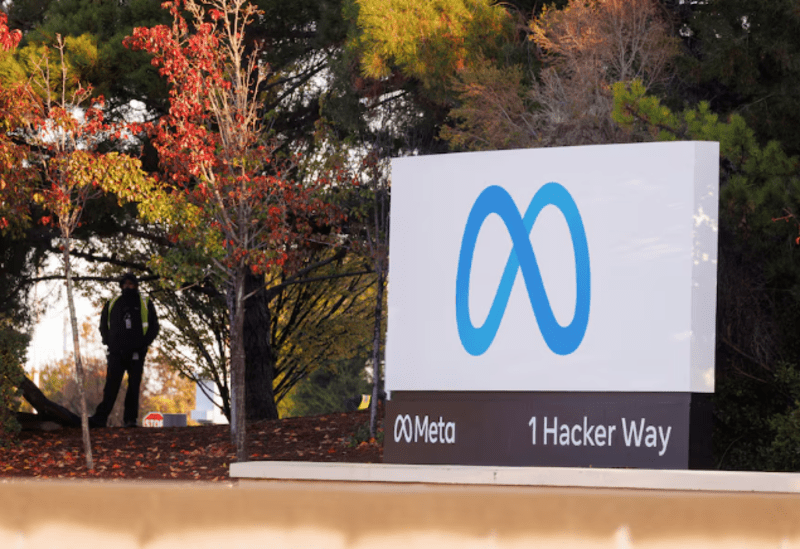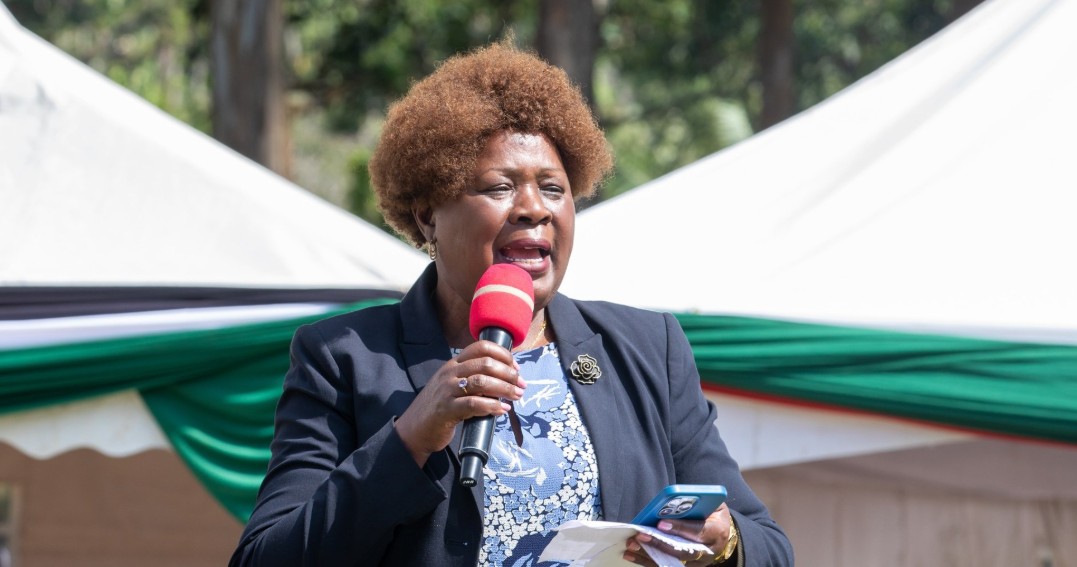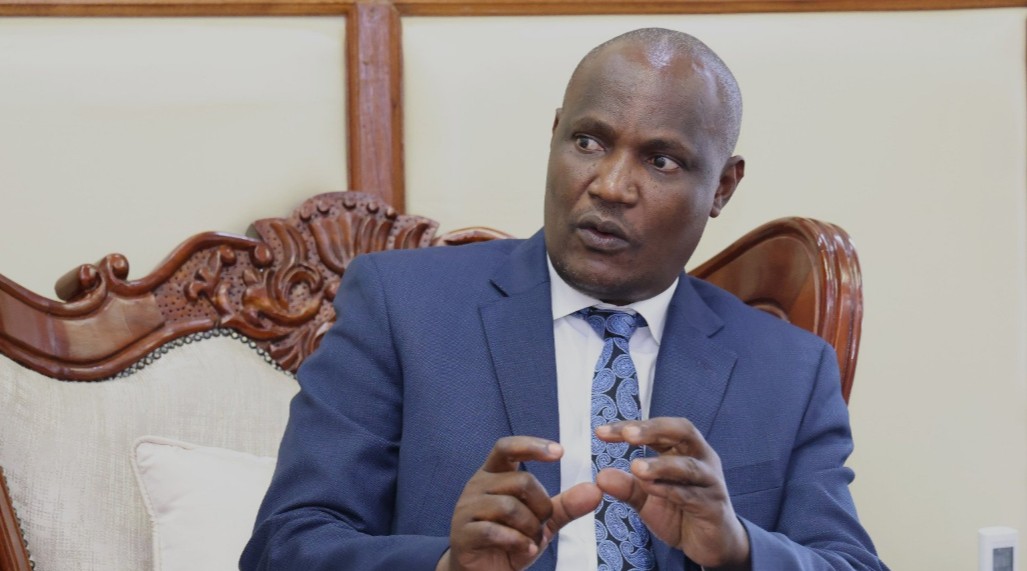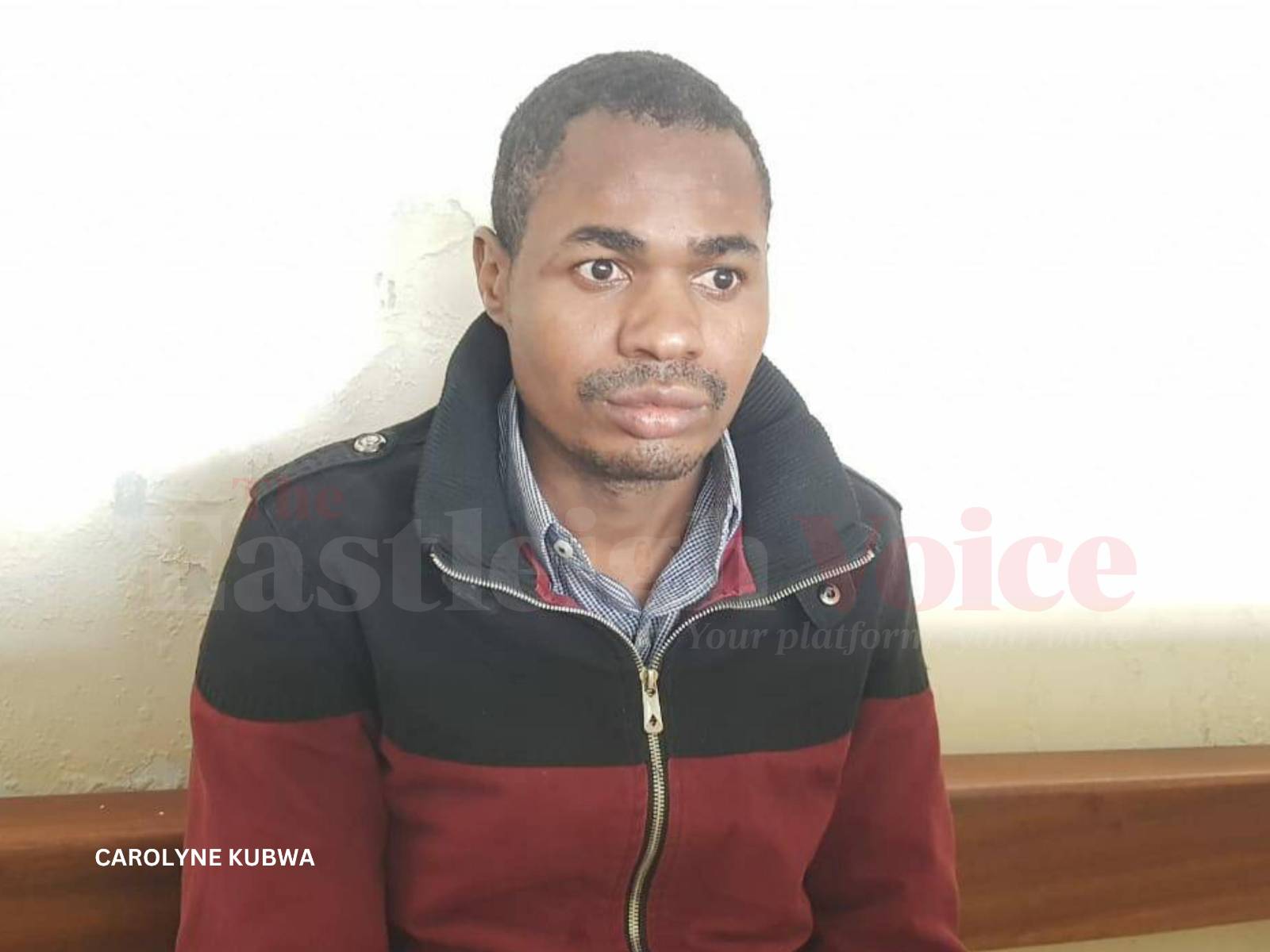As schools grapple with Grade 9 admissions, empty Form One classrooms highlight CBC's transition struggles
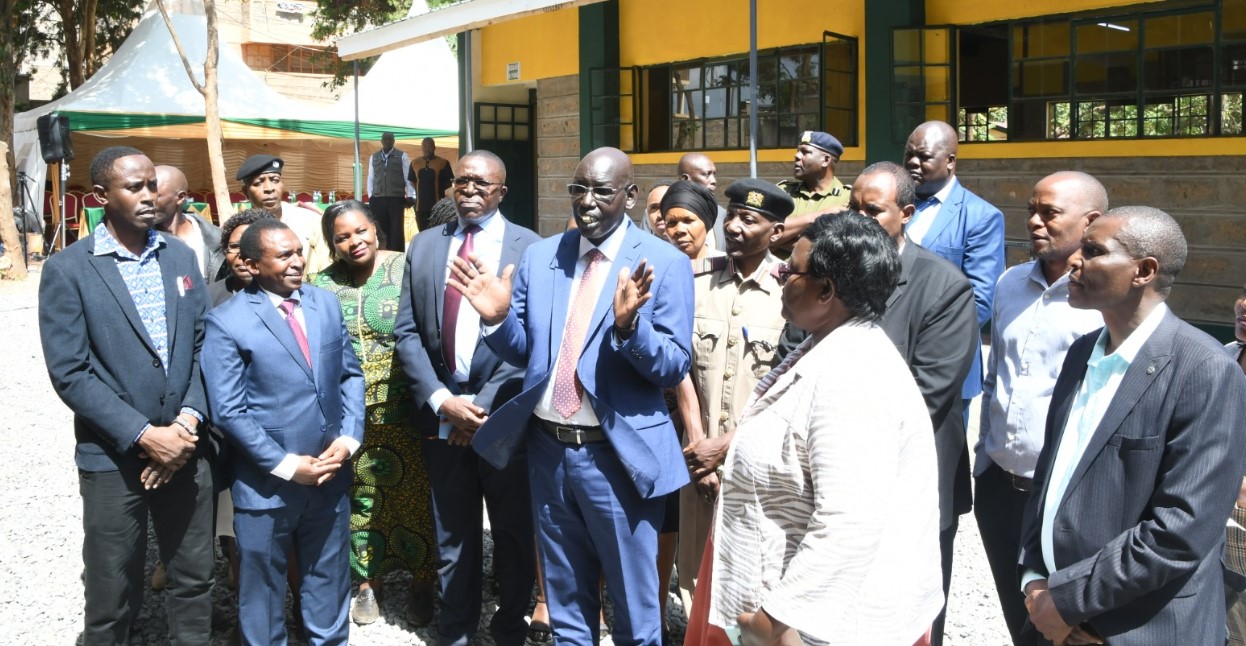
The 2025 academic year will mark the first time in decades that there will be no Form 1 intake, leaving secondary schools with empty classrooms.
The government's ambitious plan to overhaul Kenya's education system with the Competency-Based Curriculum (CBC) has faced serious challenges, particularly with the transition of Grade 9 students into the new structure.
The CBC, which replaced the long-standing 8-4-4 system in 2019, has been marred by gaps in infrastructure, teacher training, and adequate resources.
More To Read
- Report exposes funding gaps, staff shortages and infrastructure failures in schools
- Kenya faces CBC crisis as teacher shortage surpasses 100,000 ahead of 2026 rollout
- MPs demand action over 9,000 pupils who missed 2023 KCPE
- PS Carren Ageng'o calls for stronger child protection in ECD schools
- AI in exam marking? Experts say Kenya’s new education Bill prioritises profit over learning
- Coast schools urged to offer marine courses as CBC ushers in blue economy focus for senior secondary
Introduced by former president Uhuru Kenyatta, the CBC replaced the old 8-4-4 system with a 2-6-6-3 structure, offering two years of pre-primary education, six years of primary, six years of secondary, and three years of university education.
The idea behind the curriculum, as articulated by Kenyatta, was to provide a more practical approach to education and better align the system with students’ needs.
However, the rollout of CBC has been fraught with problems, from inadequate teacher training to challenges in accommodating students.
When President William Ruto took office, he inherited the ongoing struggles of implementing CBC.
The transition of Grade 9 students to secondary education, in particular, has become a major point of concern.
Government's unpreparedness
Education stakeholders have long warned of the government's unpreparedness to handle the first cohort of Grade 9 students.
The situation has only worsened as the government has failed to resolve critical issues like classroom shortages and teacher shortages.
One of the most pressing concerns is the location of the Grade 9 students.
The government initially had no clear plan for where these students would be placed, with debates emerging about whether they would be housed in primary schools or secondary schools.
In the end, the government decided to place the students in primary schools, but even this plan has not been fully realised.
The transition also brought an end to the Kenya Certificate of Primary Education (KCPE), replacing it with the Kenya Primary School Education Assessment (KPSEA) for Grade 6 students moving into junior secondary school (JSS).
After three years, students sit the Kenya Junior School Education Assessment (KJSEA) before advancing to senior secondary school.
Empty Form 1 classrooms
However, one of the most visible effects of this transition is the empty Form 1 classrooms that are a result of the CBC system.
The 2025 academic year will mark the first time in decades that there will be no Form 1 intake, leaving secondary schools with empty classrooms.
This sudden shift has created a vacuum in secondary schools, forcing some institutions to turn to parents for additional funds to bridge the financial gap caused by the lack of new students.
In January, the government promised to build over 16,000 new classrooms to accommodate the growing student population.
But by the time schools reopened, only 13,500 classrooms were ready, leaving a shortfall of 2,500.
Find temporary solutions
In response to the shortages, Education Principal Secretary Belio Kipsang urged school heads to find temporary solutions. He suggested that schools could use alternative spaces or even adopt multi-shift systems to ease the congestion.
"We are going to have short-term mitigating solutions to give us more time to finalise on any school where we are putting up a classroom," Kipsang said on January 6.
"Some of the mitigating factors are consolidating on classrooms. Within the next 30 days, we want to make sure that we don't disrupt learning," he stated.
The PS added that Sh16 billion would be allocated to completing the construction of the remaining classrooms, and the government has also placed billions of shillings into the National Government Constituency Development Fund (NG-CDF) to support the effort.
However, the situation remains complicated by the delay in the release of Sh48 billion in capitation funding from the National Treasury.
The challenges are not limited to infrastructure alone.
The government's recent recruitment of 46,000 JSS teachers, followed by the hiring of an additional 20,000 teachers for secondary schools, raises questions about whether these numbers will be enough to address the teacher-to-student ratio across the country.
Despite the government's commitment to resolving these issues, there remains significant uncertainty surrounding the CBC's long-term effectiveness.
Many are questioning whether the Ruto administration has taken on more than it can manage.
As the education sector grapples with these deepening challenges, the success of CBC hangs in the balance, and the pressure continues to mount for the government to deliver on its promises.
Top Stories Today
